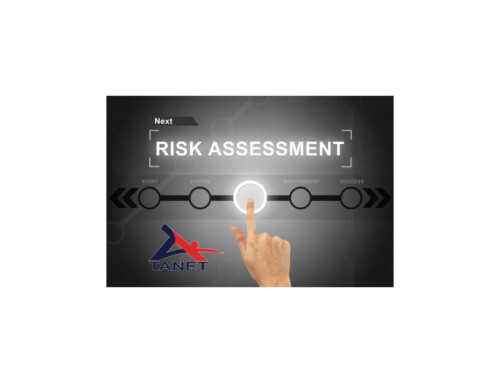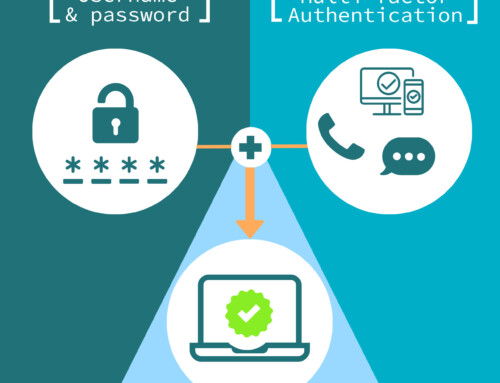From cyberattacks to natural disasters, small and medium businesses (SMBs) face increasing threats to their IT infrastructure. In today’s rapidly evolving digital landscape, ensuring business continuity and minimizing downtime during unforeseen events is crucial to maintain operational efficiency and customer satisfaction. This is where disaster recovery planning (DRP) comes into play: providing a robust strategy to safeguard your business’s critical data and systems.
The Importance of Disaster Recovery Planning
- Minimizing Downtime and Data Loss:
- A well-structured DRP ensures that your business can quickly recover from disruptions, minimizing downtime and data loss. By regularly backing up data and maintaining redundant systems, SMBs can continue operations with minimal interruption.
- Enhancing Cybersecurity Resilience:
- Cyberattacks such as ransomware can cripple businesses, leading to significant financial losses and reputational damage. A DRP includes measures like data encryption, regular backups, and employee training to strengthen your cybersecurity posture and ensure quick recovery from cyber incidents.
- Compliance and Risk Management:
- Many industries have stringent regulatory requirements regarding data protection and disaster recovery. Implementing a DRP helps ensure compliance with regulations such as GDPR, HIPAA, and PCI DSS, thereby avoiding hefty fines and legal repercussions.
- Building Customer Trust:
- Demonstrating a commitment to robust disaster recovery planning can enhance customer trust. Clients are more likely to engage with businesses that prioritize data protection and have contingency plans in place to ensure continuous service.
Key Components of an Effective DRP
- Risk Assessment:
- Identify potential risks and vulnerabilities in your IT infrastructure. Understanding these risks helps in creating targeted strategies to mitigate them.
- Data Backup and Recovery Solutions:
- Implement regular data backups and ensure they are stored in secure, off-site locations. Test recovery procedures regularly to ensure data can be restored quickly and accurately.
- Business Impact Analysis (BIA):
- Conduct a BIA to understand the potential impact of various disruptions on business operations. This analysis helps prioritize critical functions and allocate resources effectively.
- Communication Plan:
- Develop a clear communication plan to inform stakeholders, employees, and customers about the steps being taken during and after a disaster. Effective communication is crucial for maintaining trust and transparency.
- Regular Testing and Updates:
- Regularly test your DRP to identify any weaknesses and update the plan to address new threats and changes in the business environment. Continuous improvement ensures the plan remains effective and relevant.
Conclusion
Disaster recovery planning is not just a technical necessity; it’s a strategic imperative for SMBs. By investing in a comprehensive DRP, businesses can safeguard their operations, protect critical data, and maintain customer trust in the face of disruptions. At TANET, we specialize in helping SMBs develop and implement robust disaster recovery strategies tailored to their unique needs. Contact us today to learn how we can help fortify your business against the unexpected.
































